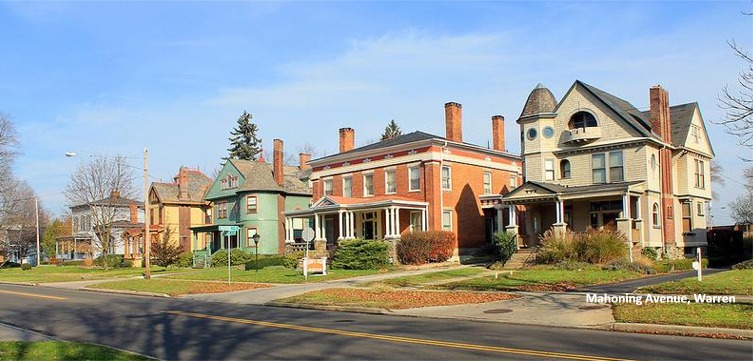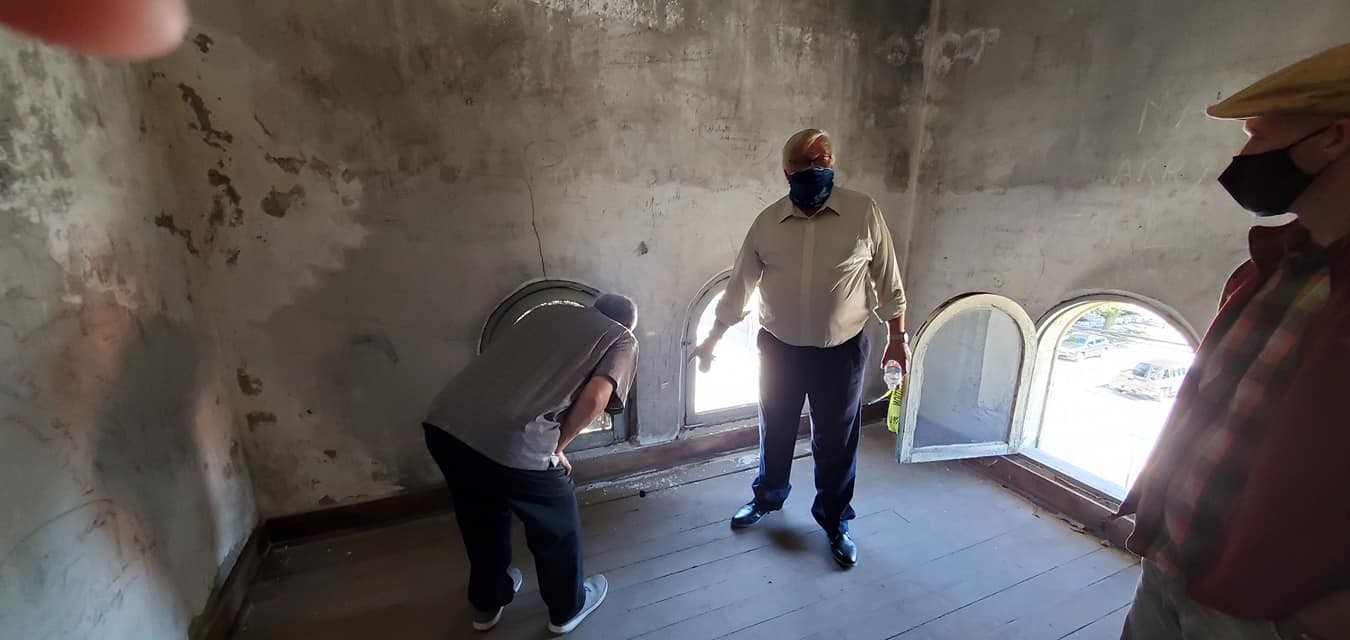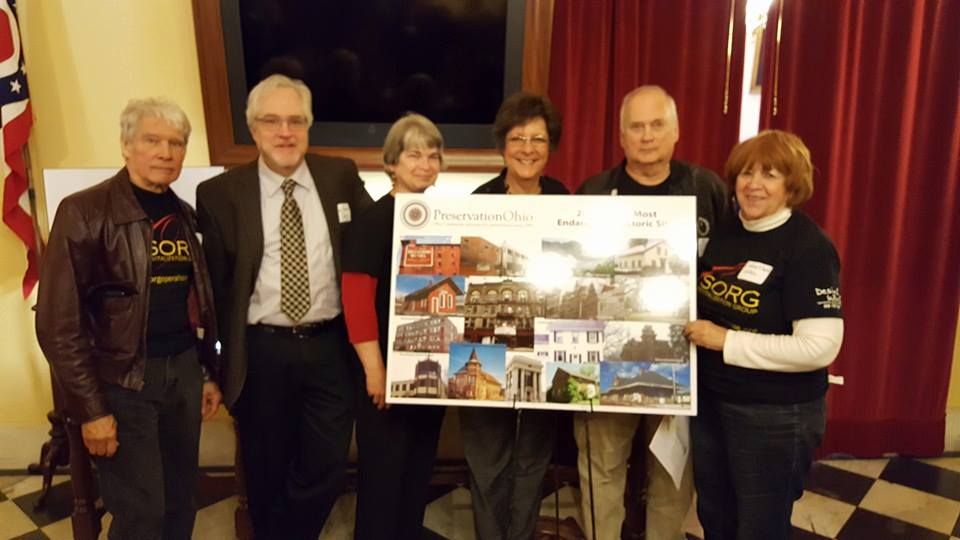Twelve Historic Sites Make 2012 Most Endangered List
Preservation Ohio releases List of Ohio’s Most Endangered Historic Sites to raise public awareness and save properties with uncertain futures.
COLUMBUS, Ohio (August 17th, 2012) – Preservation Ohio has released the 2012 List of Ohio’s Most Endangered Historic Sites. The annual list highlights historically significant Ohio properties that face a risky future due to demolition, disinvestment or indifference.
The organization hopes that a site’s placement on the endangered list will raise public attention and provide a focus on preservation. Over the years, the list has proven successful in saving some of Ohio’s architectural, cultural and natural heritage. Recognition of the Westcott House in Springfield, a Frank Lloyd Wright design, led to a multi-million dollar restoration. The Anthony Wayne Hotel in Hamilton and the Masonic Temple in Columbus share similar stories.
Preservation Ohio is Ohio’s original statewide preservation organization, founded in 1982 to promote a positive future for the state’s historic resources, and is celebrating its 30th anniversary this year. The List of Ohio’s Most Endangered Historic Sites has been issued on either a biannual or annual basis since 1993. More information on the organization and Ohio’s Most Endangered Historic Sites program can be found online at www.preserveohio.com.
The 2012 List of Ohio’s Most Endangered Historic Sites includes the following:
- Gunning House – Reynoldsburg, Franklin County – An outstanding example of mid-20th century architecture designed by trained apprentices of Frank Lloyd Wright, the Gunning House is vacant and remains unsold after extensive marketing.
- Sheet & Tube Company Homes – Campbell, Mahoning County – A unique and important relic of Ohio’s industrial past, these reinforced concrete houses were set to be replaced with a low-income housing complex.
- James N. Gamble House – Westwood/Cincinnati, Hamilton County – The Gamble House is a rare surviving example of Victorian country villa architecture. Greatly deteriorated, the home has recently been involved in discussions of demolition and is the focus of current litigation over its future.
- Memorial Hall – Ironton, Lawrence County – Constructed in 1892 as a memorial to Civil War soldiers by the Grand Army of the Republic, Memorial Hall was abandoned in 1996.
- Stanley Block – Cleveland, Cuyahoga County – The Stanley Block represents one of few surviving commercial buildings in Cleveland with a stone façade. It is now surrounded by a casino parking garage.
- Warner & Swasey Observatory – East Cleveland, Cuyahoga County – The Warner & Swasey Observatory is a unique building and prime example of early 20th century observatories. It has failed to sell at auction and may well face demolition in its near future.
- Zoar Historic District – Zoar, Tuscarawas County- Few such settlements in the US are as well preserved as Zoar and have such distinctive architectural and historic features. Founded in 1817 by German religious dissenters, the village sits at the base of a levee constructed nearly 75 years to hold potential floodwaters. That levee is in need of repair and the village is threatened.
- Knox County Infirmary – Mount Vernon area, Knox County – Constructed in 1875 to house the county’s less fortunate residents, the Infirmary, since its closing, has served many different purposes including housing the Mount Vernon Bible College. The building has suffered severe structural damage and is currently vacant and in a dilapidated condition.
- Midland City Depot – Midland, Clinton County – Built in the 1880’s as both an interlocking tower and a passenger/freight for the Cincinnati & Marietta railway, later the B & O Railroad. The depot is currently boarded up and faces possible demolition by neglect.
- Unionville Tavern – Madison, Lake County – Established in 1798, the Tavern served as a focal point for travelers to the Western Reserve. It remains the oldest Tavern in Northeast Ohio, possibly the state. In the 1820’s the Tavern served as a “station” on the Underground Railroad, with ties to Harriet Beecher Stowe’s Uncle Tom’s Cabin. The poor condition of the building, continued deterioration and neglect by the current owner are endangering this landmark.
- Rock Bridge – Ontario, Richland County – One of the oldest – and likely the oldest – rock bridge in Ohio. Built in 1863, it is a one lane stone structure. Damage to the structure in 2011 has required the road beneath it to be closed. The railroad along with the insurance company for the company that caused the damage has decided to tear the bridge down.
- Shawen Acres Cottages – Dayton, Montgomery County – Shawen Acres, also known as the Montgomery County Children’s Home is a historic complex that was added the National Register of Historic Places in 1991. Originally designed as an orphan’s home, it was built in 1926. The 10 cottages owned by the County are abandoned and unmaintained. The County has submitted a planned development for demolition to the city of Dayton.





